Celebrating 22 Years of Mobile Applications
Most people might be surprised to learn that mobile apps have been a part of phones for more than twenty years. In fact, even at our office in Copenhagen where we work daily with developing mobile applications, most people were not aware how old the first mobile app really was.
Out of the 30-odd co-workers I asked, just 2 of them knew of IBM’s “Simon”. Furthermore, most people guessed at the early 2000’s on the internal Google poll I shared on our Slack channel, and the specific date based on averages came out to be 2004 when asked how old mobile applications were.
Of course, this was somewhat of a trick question, since I’m counting even the simplest applications, such as contact lists, and so we have to go back before this millennium to find the original smart phone.
Sit back, and enjoy a blast from the past — chances are you’ve owned one of the featured phones, and the hopes with this article is to somehow remind the readers of how fast times have changed since our first mobiles, you know, back when we called them cell phones, and we had external antennas.
1994
The fact is that what we could call the first real mobile application came out more than 10 years prior to the popular sentiment of 2005, in 1994 to be exact. While the applications were simple by today’s standards, and featured nothing more than a calendar, contacts list and text messaging, this was revolutionary apps to have on your phone in 1994.
By Bcos47 [Public domain], via Wikimedia Commons
In fact, Simon even had other apps, such as basic maps, news and select stock information too.IBM developed back then a revolutionary phone which they dubbed Simon, lending traits from the then popular PDA’s, and was the first cell phone (as was the popular term back then) featuring applications directly on the phone itself.
In fact, IBM’s phone even had a stylus for interacting with the software and a rudimentary touch screen, even if the phone only worked in 15 US states in its limited life-time.We’ve come quite a long way since then, but at the same time, we’re still using touch screens on our phones, and still loading software onto it, just as 22 years prior.
Of course, both in terms of hardware and software we’ve been quantum leaping more than once, yet somehow we’ve not had a groundbreaking event happen since IBM released their phone back then.
But even though many people name this phone as the first original smart phone, it was not called that in 1994, and the term “smart phone” was first used to describe the next phone on our list.
1995
AT&T Phonewriter Communicator was the first phone to be called a “smart phone” by the media and reviewers, and so perhaps this phone should be where the term originated, although the phone itself never attracted popularity or a large following itself, and Simon was the first phone to actually have built-in applications.
1996
Fast forward a few years to 1996, and we were privy to Nokia’s Communicator, which featured a full-on qwerty keyboard and an LCD display.
The Communicator came with email software, an internet browser and other advanced for the time software applications such as a text composer which was the first of it’s kind at the time.
TheAdam0s (9000.JPG) GFDL (http://www.gnu.org/copyleft/fdl.html)], from Wikimedia Commons
1999
Nokia also released their famous 3210, which is ranked at the 4th most selling phone ever made, with over 150 million devices sold since 1999.
The phone attracted a large fan base partly due to the indestructibility, customizable ring tones, and due to games such as the now iconic Snake being shipped with it.
By Discostu (Own work) [Public domain], via Wikimedia Commons
2000
Entering the new millennium, the Ericsson R380 was as far as we’ve been able to research the first phone marketed as a smartphone, and ran on Symbian OS as one of the first phones with the then new operating system.
By Peter Häll / Swedish National Museum of Science and Technology (http://digitaltmuseum.se/021026361221) [CC BY 4.0 (http://creativecommons.org/licenses/by/4.0)], via Wikimedia Commons
The Ericsson phone was lauded by critics as revolutionary since it offered users plenty of features in terms of software applications, while still being a lightweight phone that fit into pockets, compared to the Nokia Communicator for instance, which some say closer resembled a house brick.
2003
In 2003, Blackberry released a set of phones in their Quark product line, which among the main features had integrated voice calling set up from the get go, meaning that users no longer needed to attach external microphones and headsets in order to make or take calls.
Many people also attribute the Quark phones as being the ones putting Blackberry on the map as a serious mobile manufacturer.
KeithTyler at English Wikipedia (Transferred from en.wikipedia to Commons.) [Public domain], via Wikimedia Commons
2007
Jumping forward to 2007, the first iPhone made its entry on the market, blowing away the competitors by a long shot. Many people consider this as being the first true smartphone, although, as this article postulates, there were many real phones with applications before that.
By Carl Berkeley from Riverside California [CC BY-SA 2.0 (http://creativecommons.org/licenses/by-sa/2.0)], via Wikimedia Commons
What is not up for debate, is the fact that the iPhone reached an entirely new consumer base, with it’s simple one click applications and settings hidden away from plain sight, seeming less nerdy and more user friendly.
You could almost be forgiven for comparing the 1st generation iPhone with Windows, where the alternative was Linux for the previous smartphones.
While Linux works just fine, it’s way more technical and difficult to learn than Windows, and as such attracts widely different users.
2008
With mobile manufacturers keen to cash in on the money making machine that the iPhone’s made Apple out to be, they looked towards alternative operating systems, and the first commercial version of Android was shipped in 2008.
By Marcus Sümnick (Own work) [CC BY 3.0 (http://creativecommons.org/licenses/by/3.0)], via Wikimedia Commons
Android was originally the name of the developing company, which was swiftly bought by Google in 2005 after being established in 2003.
The first phone to use Android was HTC Dream, which Google also purchased at a later time, keen on cornering the market at the time dominantly held by Apple, Nokia and Blackberry to name a few of the most popular brands at 2008.
2010
Samsung jumped aboard the Android train as well, and with their Samsung Galaxy S model they were among the first adopters of Android v2.3.6, code-named Gingerbread.
Dj106 — Own work — CC BY-SA 3.0
Many critics, reviewers and other interested parties called the Galaxy S the first real contender to iPhones, due to the high quality of production, coupled with the now stable version of the Android operating system which had been relatively poor in comparison to Apple’s iOS at the time.
2010 and onwards
Since 2010 the majority of phones have had operating systems with options for installing third party applications, and this trend is not appearing to slow down.
Several contenders for the 2 most popular operating systems, iOS and Android have seen the light of day, but looking at various statistics of OS usage, the two aforementioned systems, both catering to slightly different crowds, and both filling their intended role, are still reigning supreme in terms of success, reach and users.
While the operating systems themselves have settled into what appears to be a calm era, mobile applications are being developed at ever increasing rates, with Google Play store having more than 2,2 million apps, and Apple’s App Store hovering around the 2 million mark.
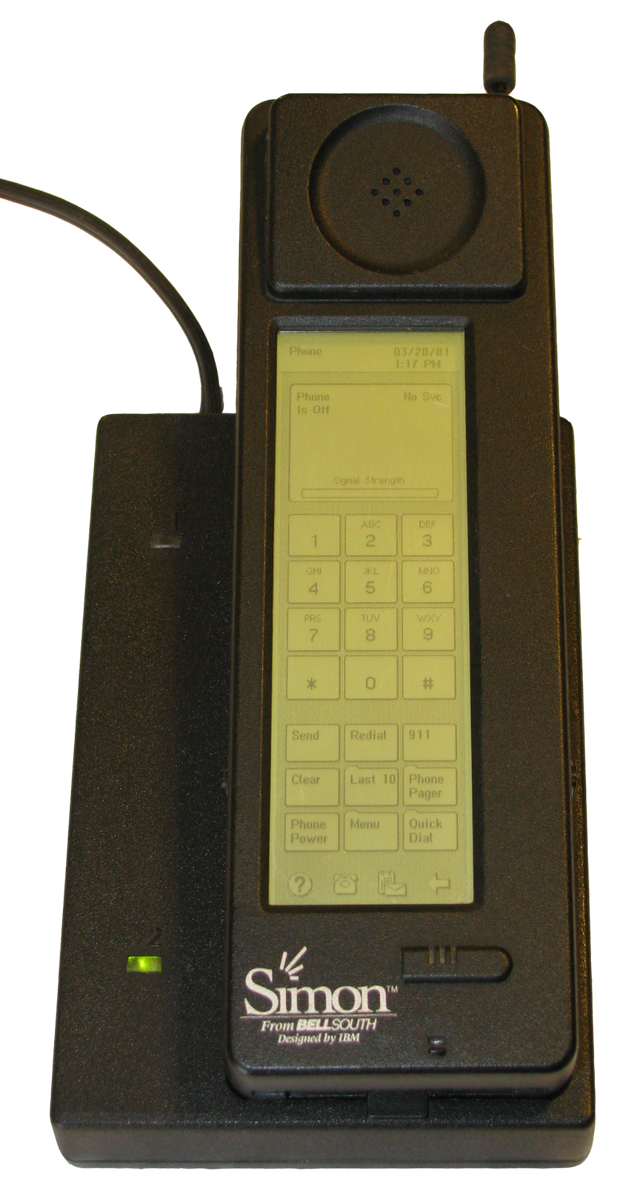
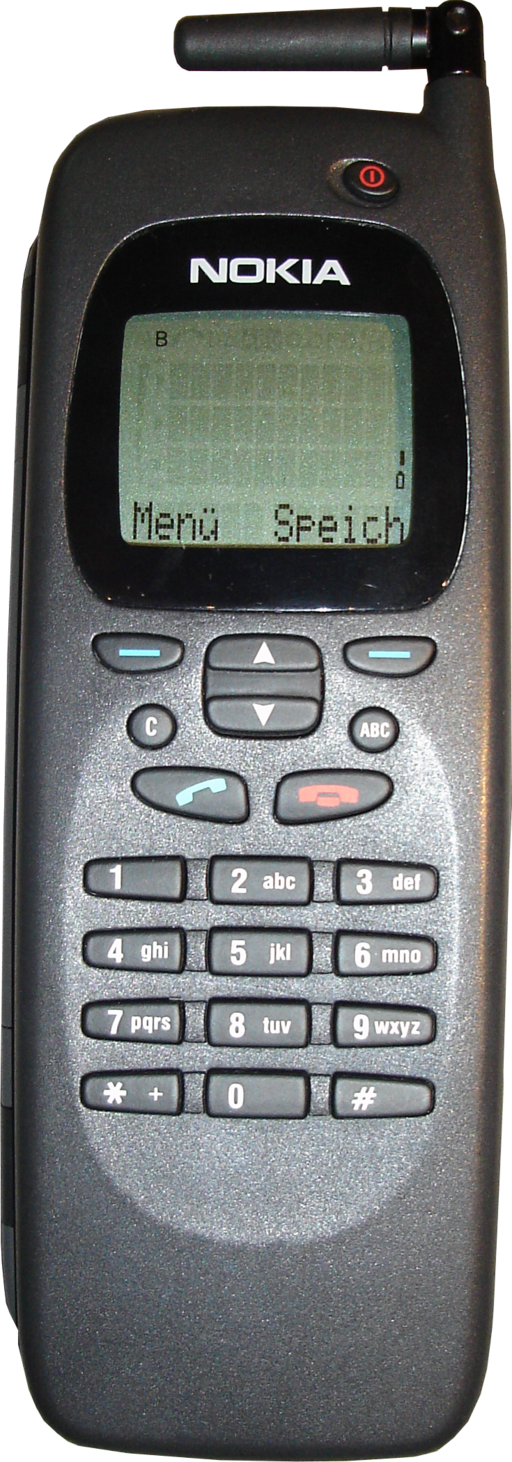
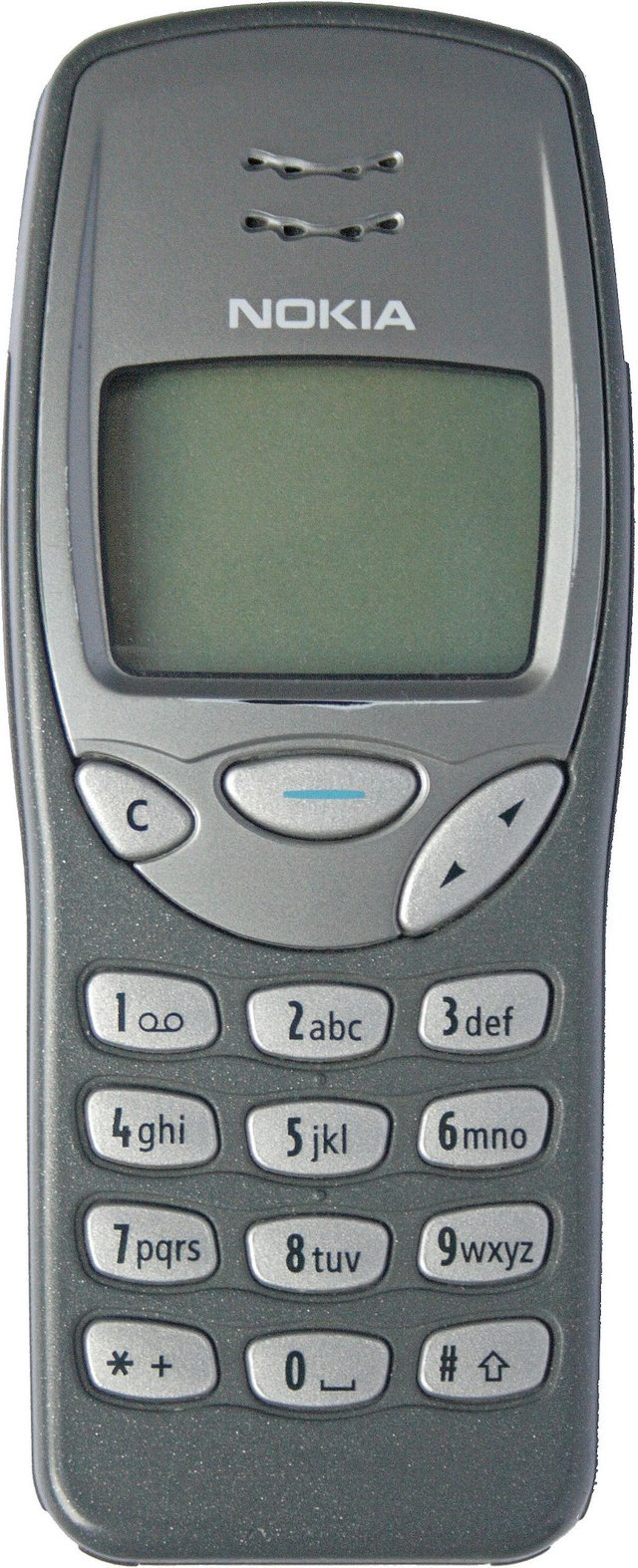
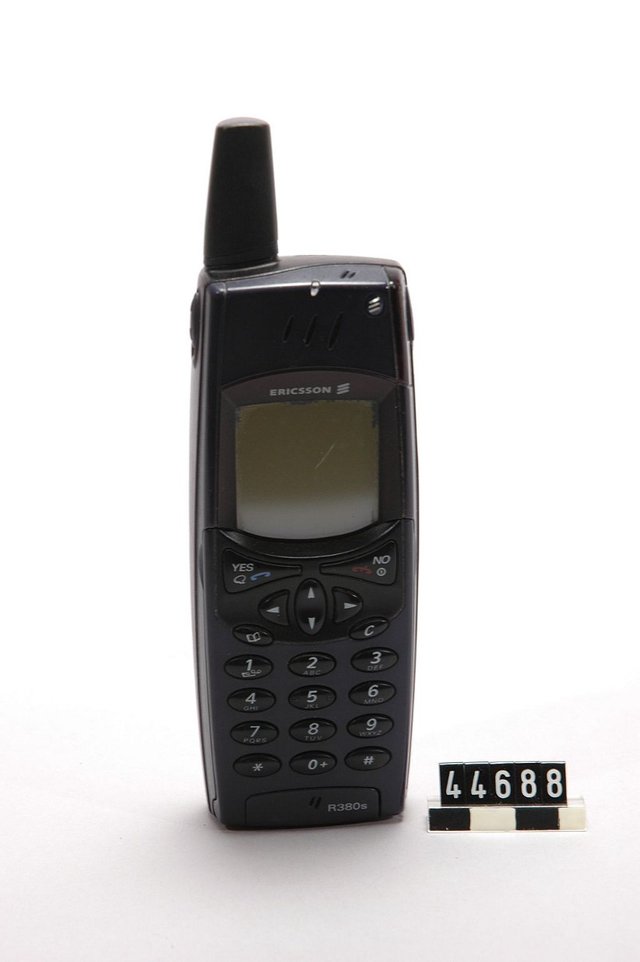
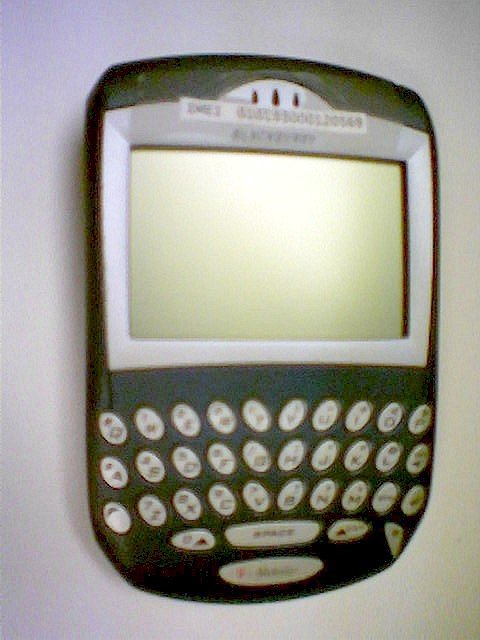
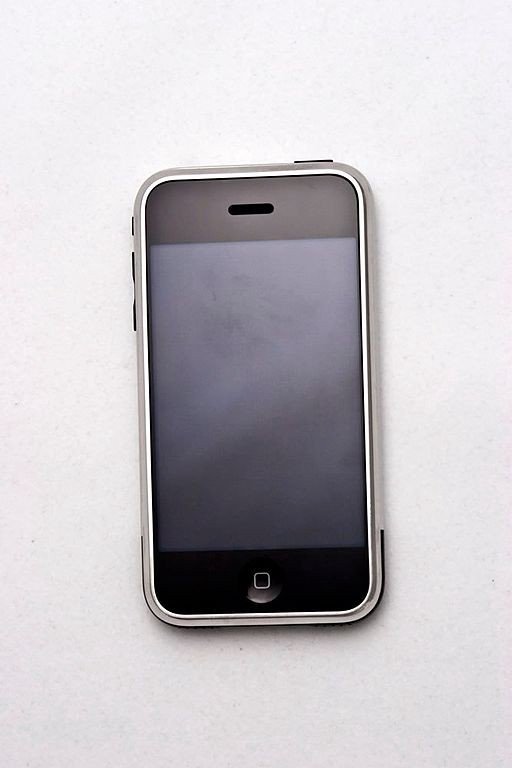
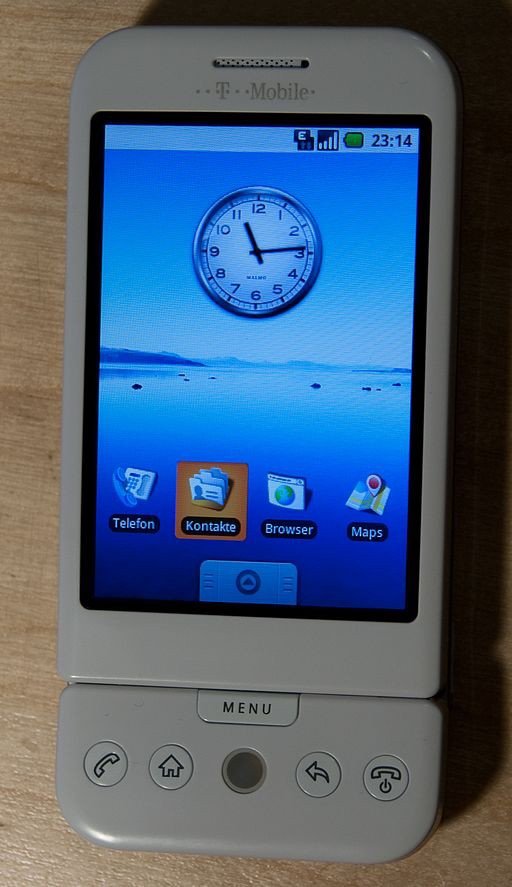
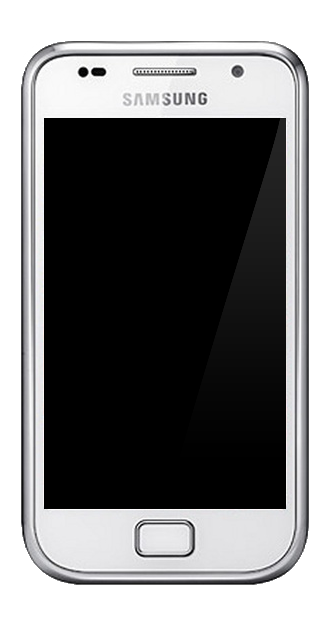
Some nostalgia there. My first mobile was a Motorola 1-888 Microtac.
Took all day to charge, gave about 10 mins talk time. Couldn't fit in my biggest pocket...
I'm your first follower :)
A bit of advice, do an #introducemyself post, then just stick to commenting on other posts until you get 30-50 followers, then start blogging.
Spending hours or days on perfecting a nice big post, then watching it go largely ignored, is incredibly demoralising.
If you have a reasonable number of followers, it will get in front of enough eyeballs to be given a fair chance.
Best of luck.
Congratulations @danmark! You have received a personal award!
Click on the badge to view your own Board of Honor on SteemitBoard.
For more information about this award, click here
Run as you may! You cannot escape...the Almighty Bunghole!